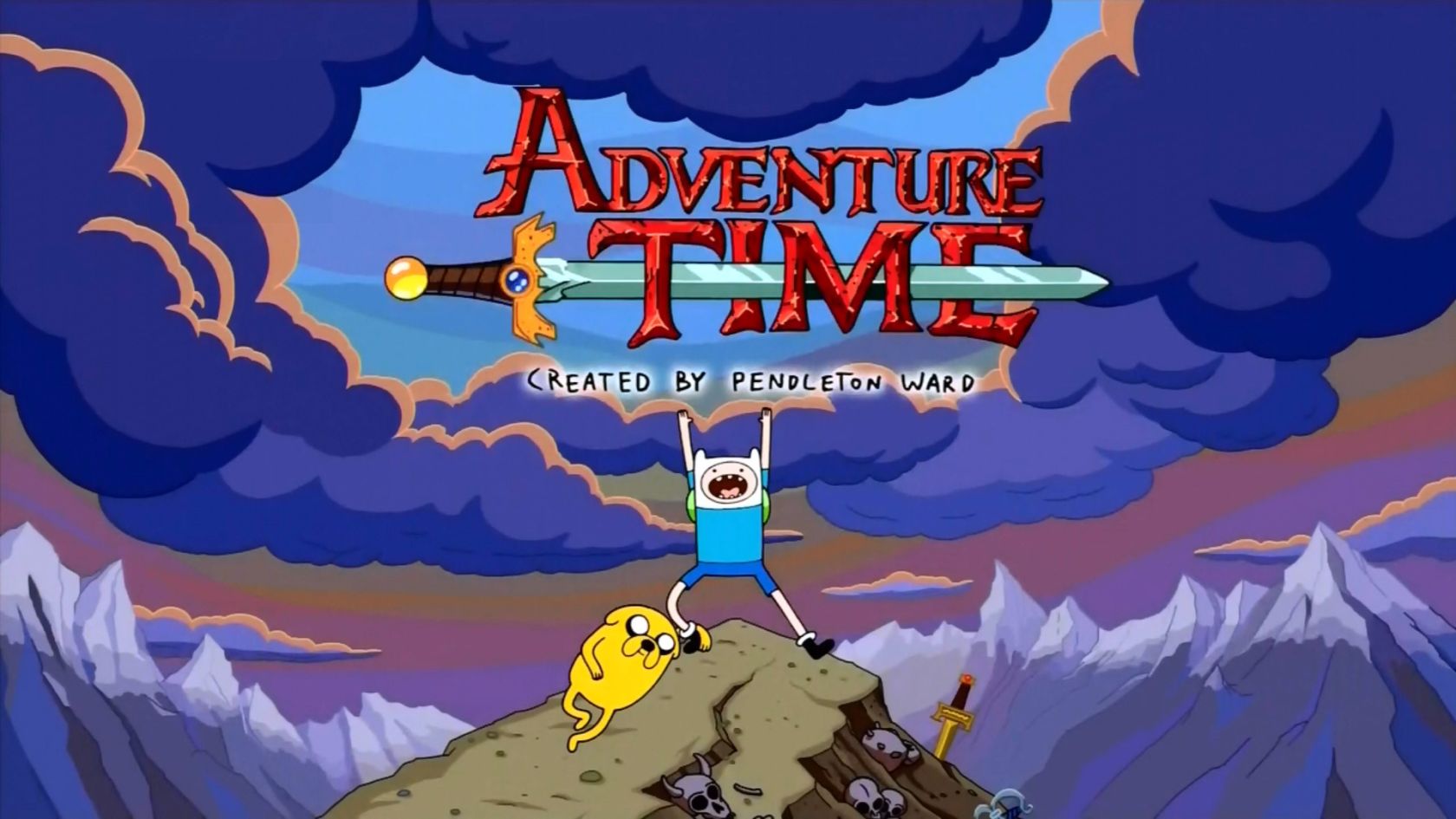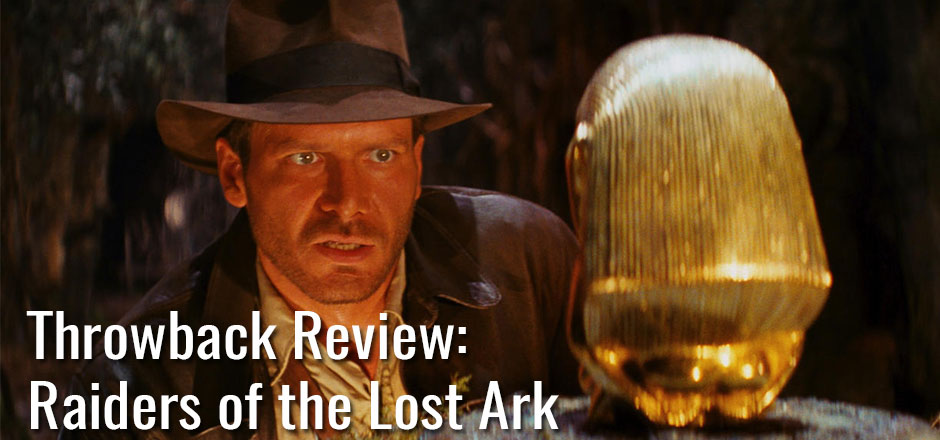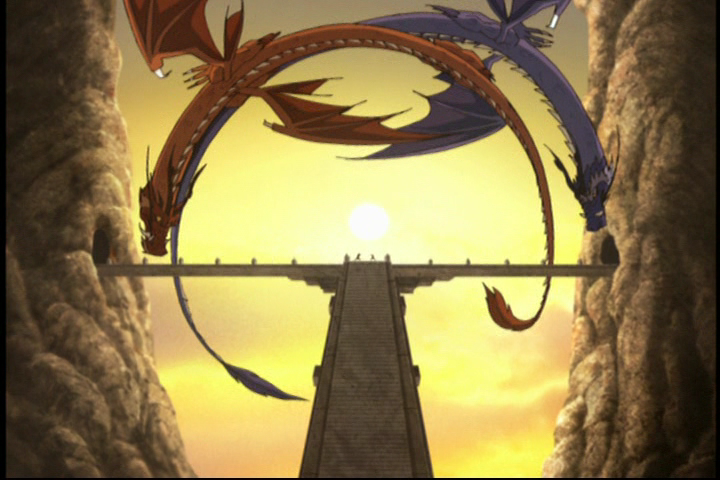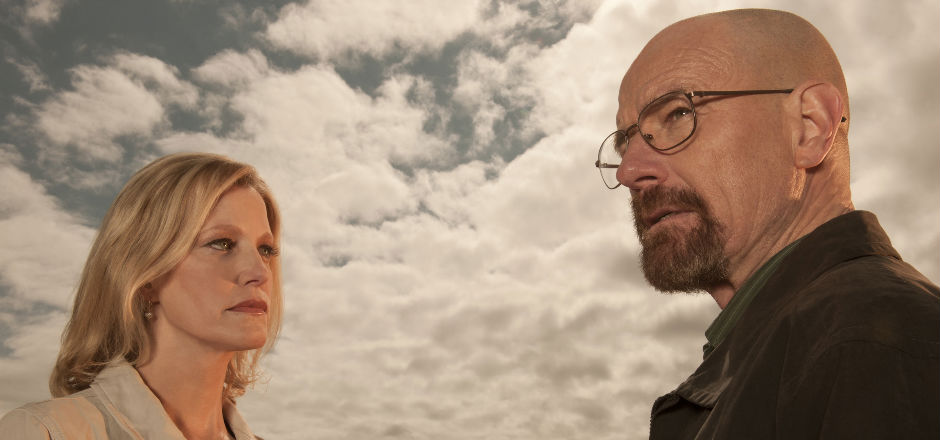With the loss of Gene Wilder heavy in everyone’s hearts, a lot of people are making a point to rewatch Willy Wonka or Young Frankenstein. So for this month’s throwback review, I chose Blazing Saddles.
“Blazing Saddles was a film, to me, that broke ground,” said the comedy legend Mel Brooks in the DVD Bonus Featurette Back in the Saddle. “It also broke wind.” Everything you need to know about the tone of this movie can be found in that short statement. This ridiculous parody of the western film addresses the absurdity of prejudice, and how we can poke fun at the dummies who take part in it.
The movie, released in 1974, takes place in 1874 in the Wild West. We open on a group of Black, Asian, and Irish people toiling away on the construction of a railroad. One of the foremen and his goons rides up to harass the workers. This is where we meet our hero, Bart, one of the Black workers. It’s also in this scene that the N-Word is used for the first time.
After Bart gets fed up with his oppressive employment, he attacks the head foreman. For his crime, he’s sentenced to hang. Just before his death, the Attorney General, Hedley Lemarr swoops in. You see, Hedley has this crazy scheme to build his railroad through a town of simple country folk. But how does he get rid of them so he can build the railroad? After sending a group of bandits to harass the townsfolk, the townsfolk wire the governor asking for a new sheriff to protect them.
Hedley sends Bart in the hopes that a Black sheriff would offend them so badly, they’d choose to leave. The people of Rock Ridge don’t take kindly to him – except for the town drunkard, Jim, played by Gene Wilder, who instantly becomes Sheriff Bart’s friend and deputy. Sheriff Bart and Deputy Jim have to work together to save a town so full of racial prejudice, the townspeople openly harass the man working to save them.
Sounds pretty dramatic when you put it like that, right? Well, it’s also one of the funniest movies I’ve ever seen. The movie has some of the best visual humor and sharp, witty dialogue I’ve ever seen in a film. It can directly address racism and hate while having one of the most famous fart joke scenes of all time (what did you think happened to cowboys after all that coffee and beans?). The whole movie is a study in comedic timing.
Yes, the film uses racial, homophobic, and sexist slurs. However, these slurs were always used in association with idiocy. The only people who were using these hateful terms were the bad guys and the ignorant townsfolk, the latter of which only found redemption and safety when Sheriff Bart made them join forces with the Black, Asian, and Irish workers from the railroad.
Later in the featurette Back in the Saddle, Gene Wilder discusses why he chose to be in the movie:
“That was one of the things that made me want to do the film. Because they’ve done something, the writers, remarkable. They smashed racism in the face, and the nose is bleeding. But they’re doing it while you laugh. And that’s what I thought was one of the most brilliant things about the movie.”
I’m a firm believer in the idea that any subject can be examined through a comedic lens. However, it’s very important that the comedian uses their comedy not to attack an already victimized group of people, but rather to attack the oppressor.
I think that’s exactly what Blazing Saddles does. By asking Richard Pryor, Madeline Kahn, and others to help in the creative process, Mel Brooks was able to explore oppression through people who were already victim to it, creating a more authentic story. Because you know how important authenticity is in a movie that literally breaks the fourth wall. Literally.
If the use of slurs makes you extremely uncomfortable, you may want to steer clear of this film. It’s not shy about tackling controversial topics. While it is, at times, problematic and tips from parodic to actually offensive, its goal is clear. Film is a major influencer of national opinion and ethics. So when Blazing Saddles shows the kind of people who use the N-word as totally slimy, moronic, uneducated jagoffs, it helps changes the cultural perspective.
This movie is one of those ‘watch at your own risk’ kind of movies. Again, if you are made uncomfortable by serious topics being discussed in a comedic setting, you might want to skip it. But if not, I highly suggest checking out this classic Mel Brooks and Gene Wilder film.
—
Jamie Stewart is the Assistant TV & Film Editor for Girls in Capes. This is her first article. She’s interested in filmmaking, film criticism, video games, and her cat. You can check out her website at jamienstewart.com or follow her on Twitter @jamstew.






I hadn’t considered how the n-word was used in that context, but thinking back on the movie, yeah you’re right. That’s an interesting point that Mel Brooks used the n-word to degrade the people saying it, rather than the people it was directed at. it’s also a good argument for how cultural sensitivities can be a stumbling block for actual progress on those issues, as the studio wanted every use of the n-word taken out.